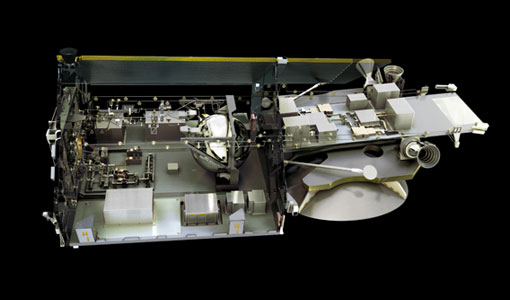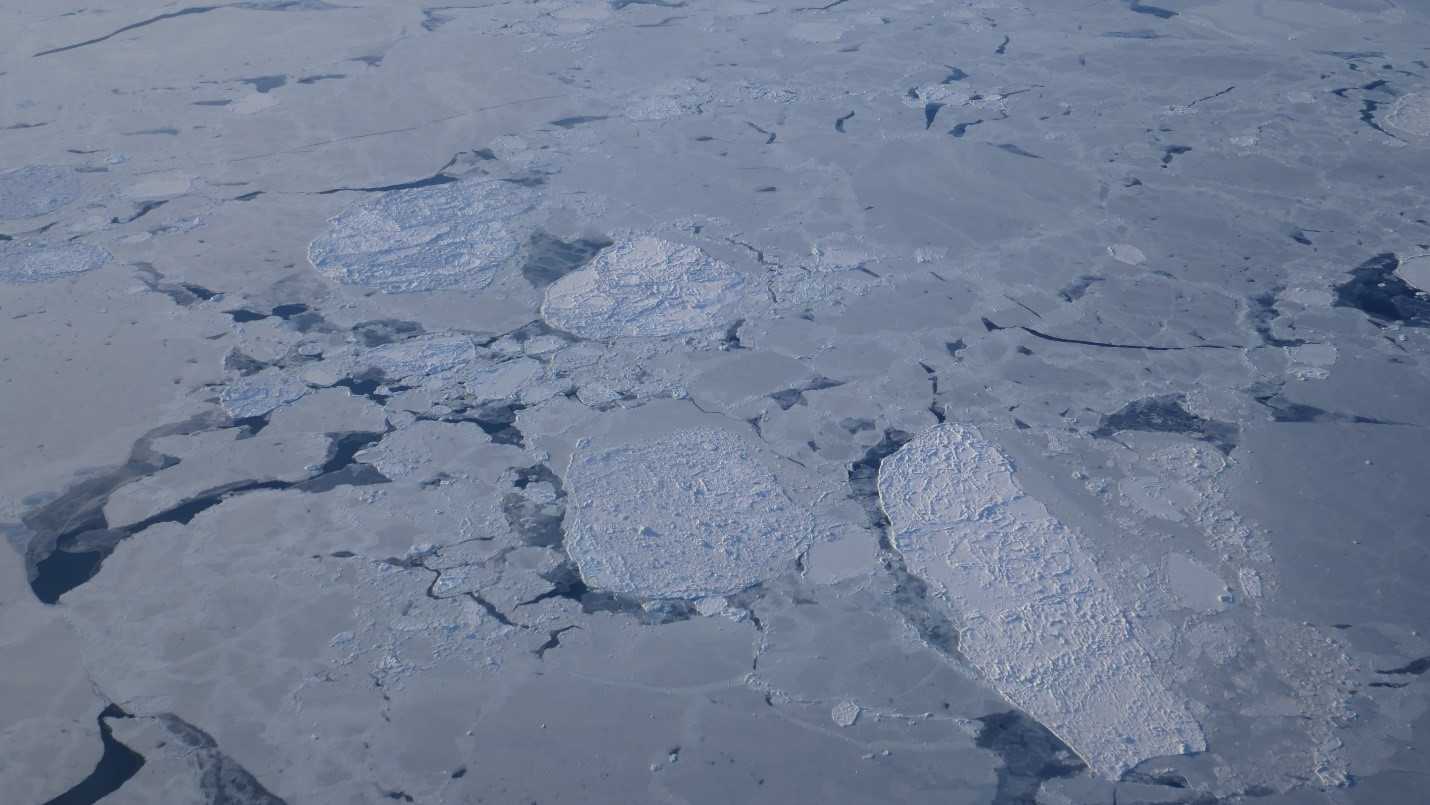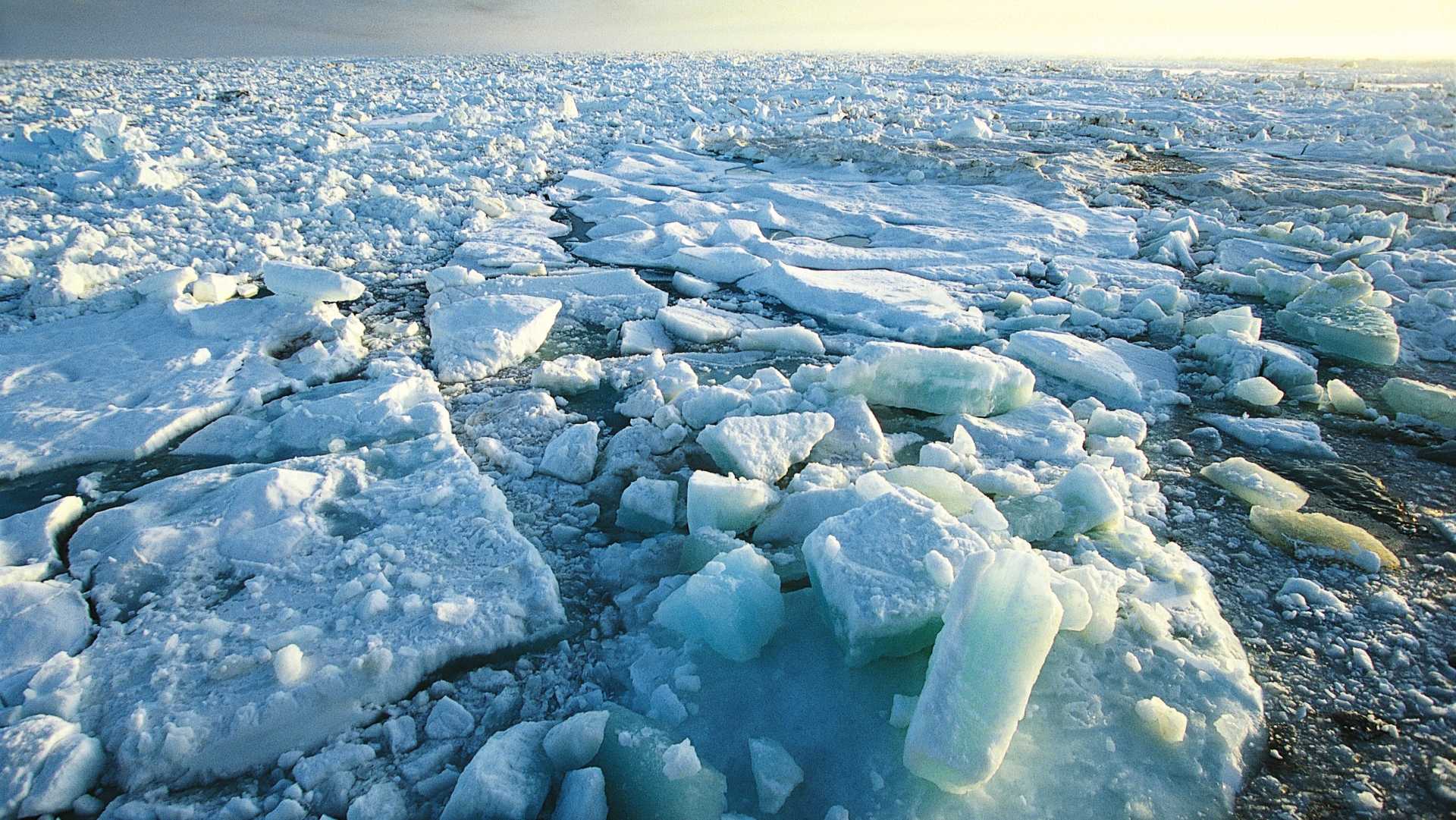Featured
About CryoSat

The aim of the CryoSat mission is to determine variations in the thickness of the Earth's continental ice sheets and marine ice cover. Europe's first ice mission is an advanced radar altimeter specifically designed to monitor the most dynamic sections of Earth's cryosphere.
CryoSat borrows synthetic aperture radar and interferometry techniques from standard imaging radar missions to sharpen its accuracy over rugged ice sheet margins and sea ice in polar waters. It measures 'freeboard' - the difference in height between sea ice and adjacent water - as well as ice sheet altitude, tracking changes in ice thickness.
It was the first Earth Explorer mission to be selected in 1999, and was launched on 8 April 2010. Described affectionately as “a gift that keeps on giving”, CryoSat has been extended to 2025.
| Orbit | LEO, non Sun-synchronous |
| Altitude | 717 km |
| Inclination | 92° |
| Repeat Cycles | 369 days with 30 day sub-cycle |
| Launch Provider | International Space Company Kosmotras |
| Launcher | Russian/Ukrainian Dnepr based on SS-18 intercontinental ballistic missile |
CryoSat Objectives
The CryoSat mission objectives are to:
- Measure the extent of thinning Arctic ice due to climate change
- Determine fluctuations in the mass of the Earth's major land and marine ice fields
- Determine regional trends in Arctic perennial sea-ice thickness and mass
- Determine the contribution that the Antarctic and Greenland ice sheets are making to mean global rise in sea level
- Observe the seasonal cycle and inter-annual variability of Arctic and Antarctic sea-ice mass and thickness
- Observe the variation in the thickness of the Earth's ice caps and glaciers
CryoSat Instruments
The SAR/Inteferometric Radar Altimeter (SIRAL) has extended capabilities to meet the measurement requirements for ice-sheet elevation and sea-ice freeboard.

Non-scientific instrument payload
The orbital position of CryoSat can be determined to within a few centimetres. To do this, CryoSat carries two devices: the DORIS radio receiver and a laser retroreflector.
DORIS (Doppler Orbitography and Radiopositioning Integration by Satellite) measures the Doppler frequency shifts of both VHF and S-Band signals transmitted by ground beacons.
DORIS is an uplink radio frequency tracking system based on the Doppler principle. The instrument provides accurate measurements for a precise orbit determination. Knowledge of the orbit is essential for exploitation of the altimeter data and the overall performance. The onboard receiver measures the Doppler shift of data received by ground beacons in two frequencies (2.03625 GHz and 401.25 MHz). One measurement is used to determine the radial velocity between spacecraft and beacon, the other to eliminate errors due to ionospheric propagation delays.
LRR (Laser Retroreflector) is a passive optical device attached to the underside of CryoSat. LRR is used as an additional tool and backup for precise orbit determination with the aid of the international laser tracking network.






